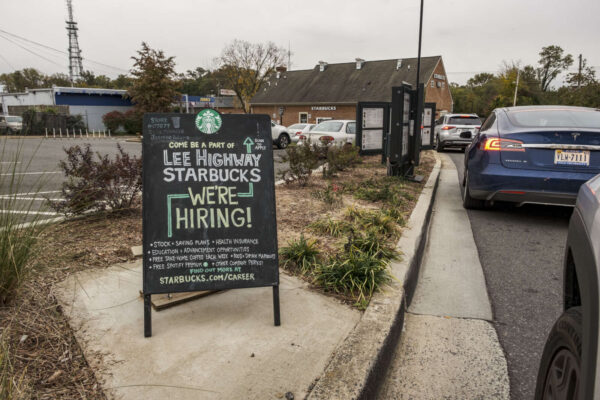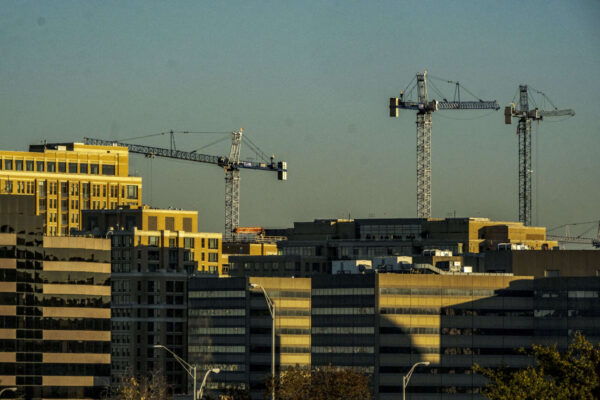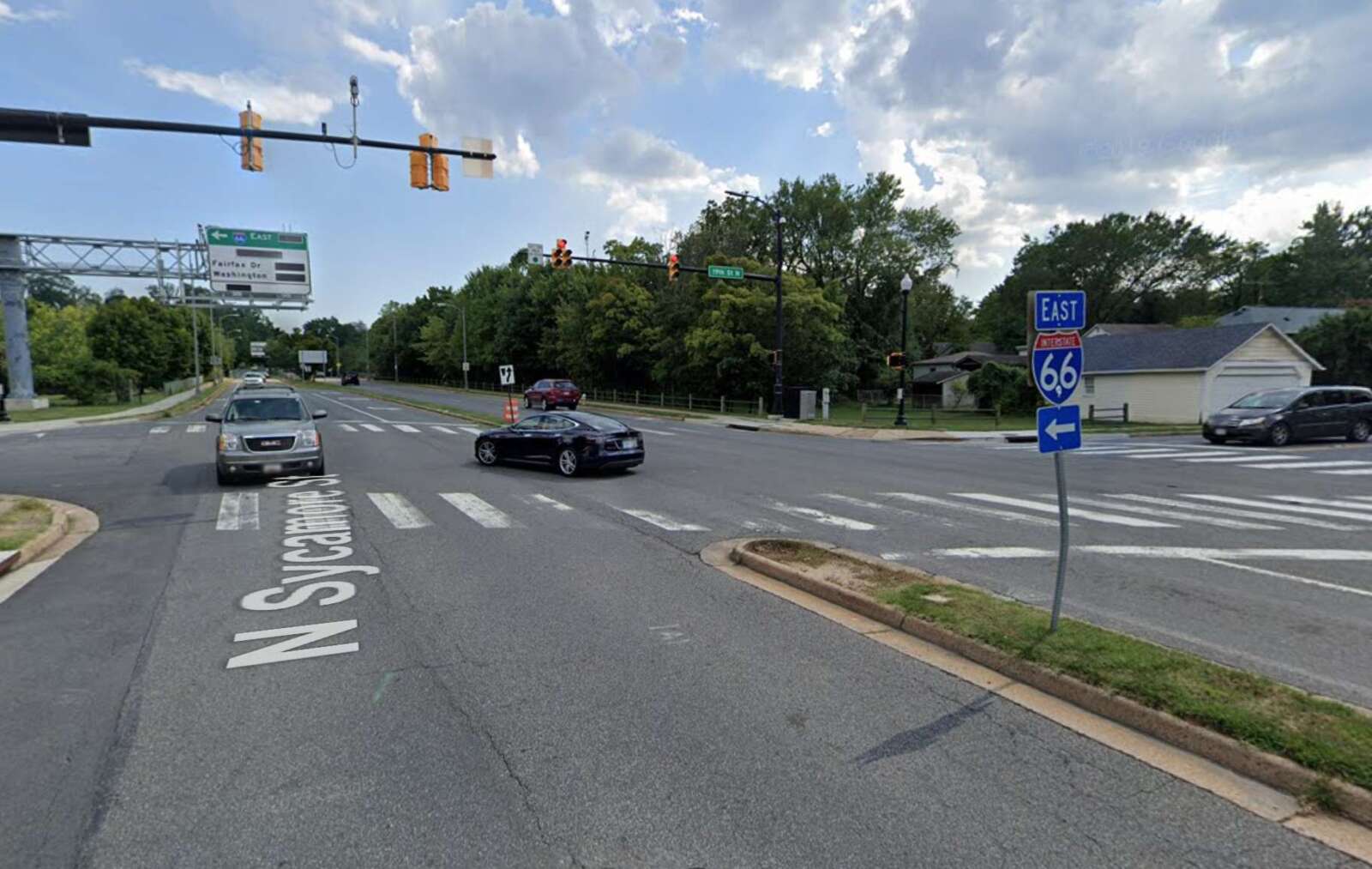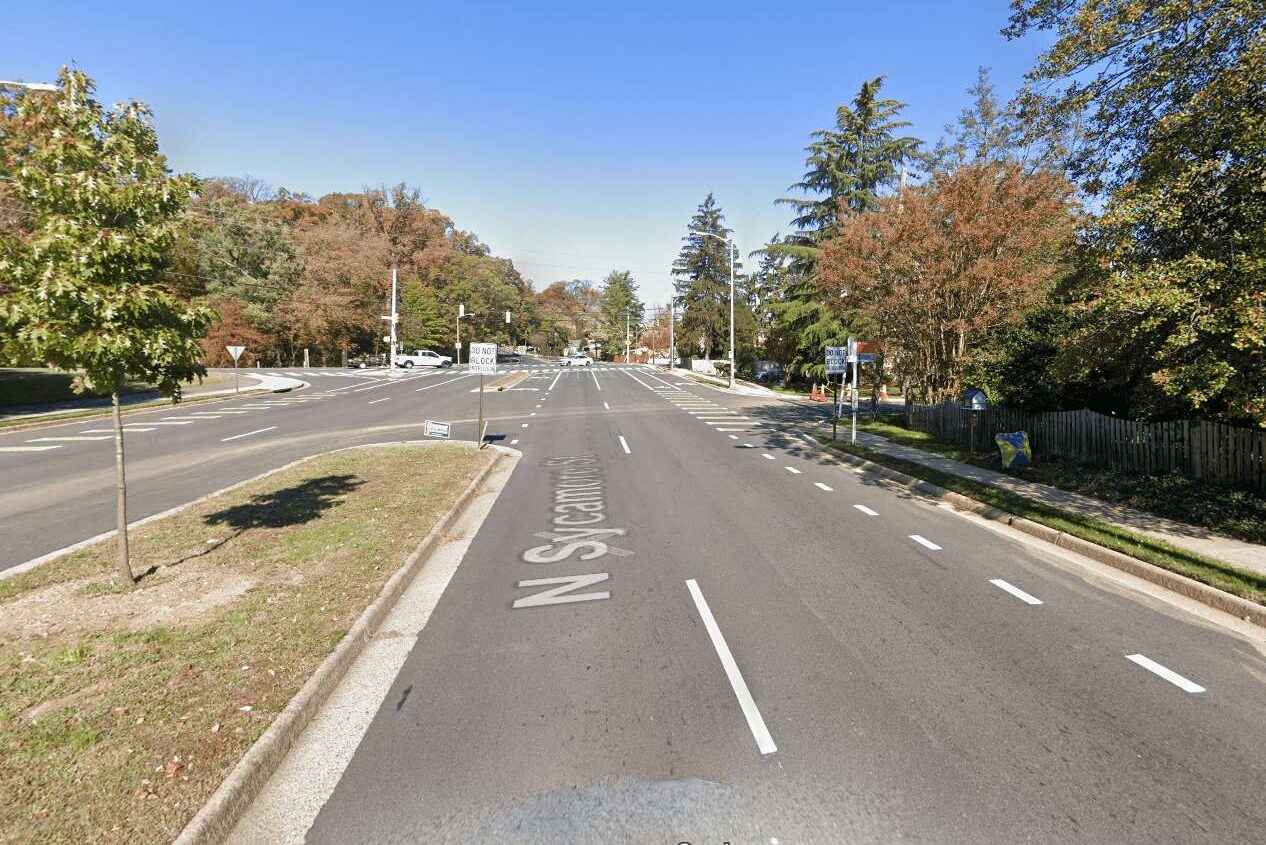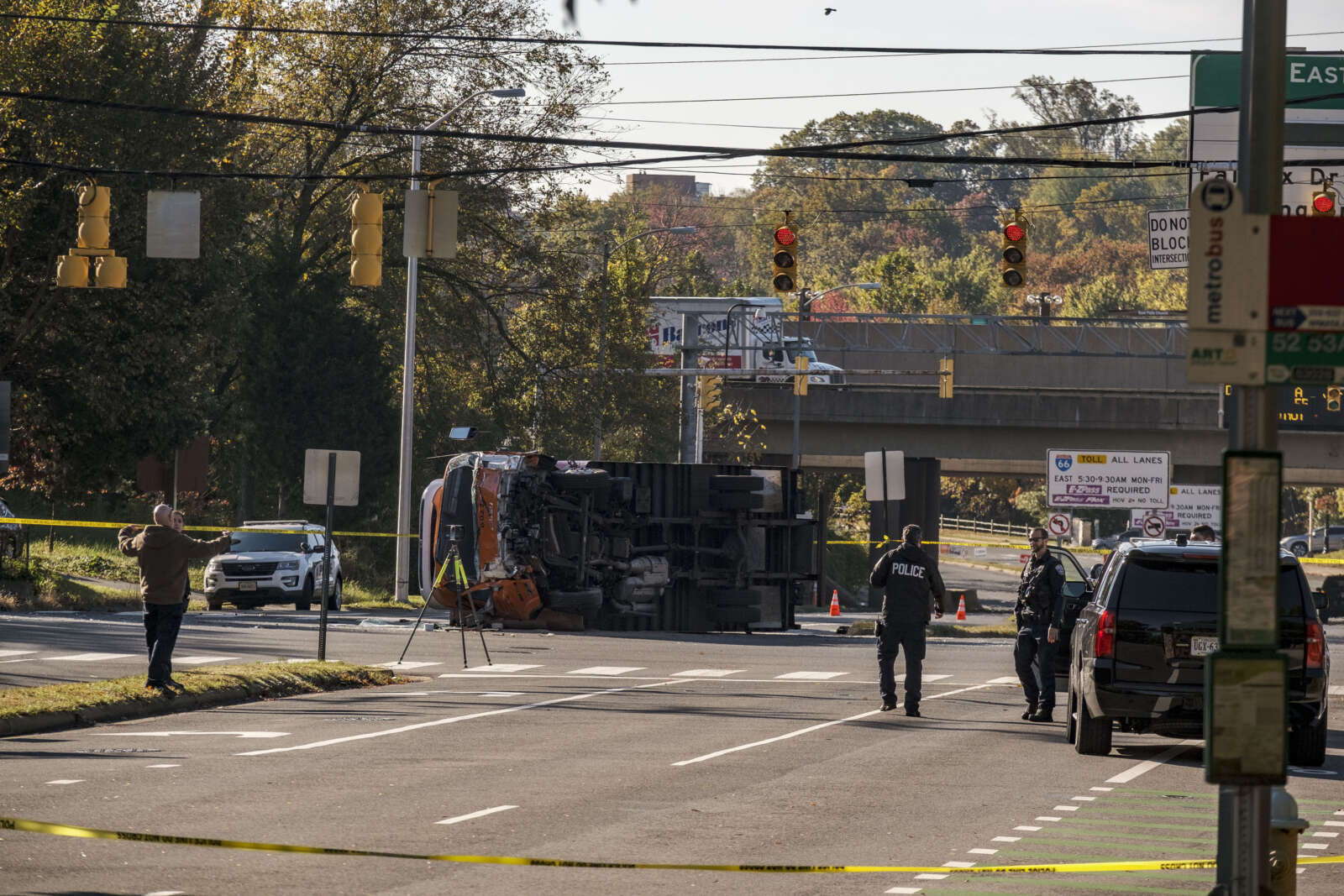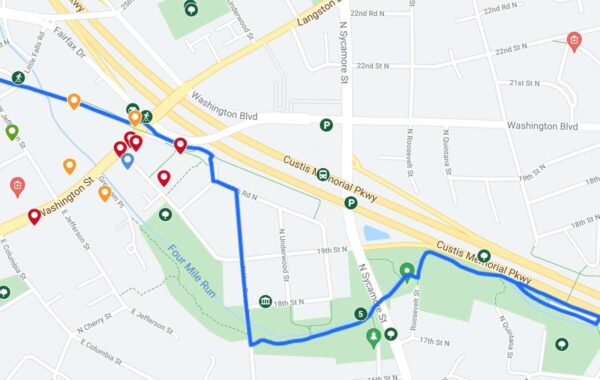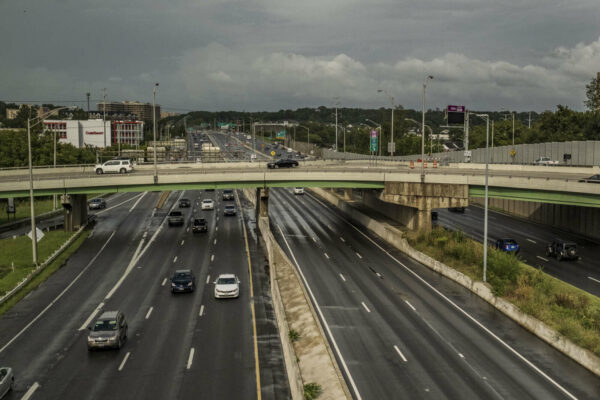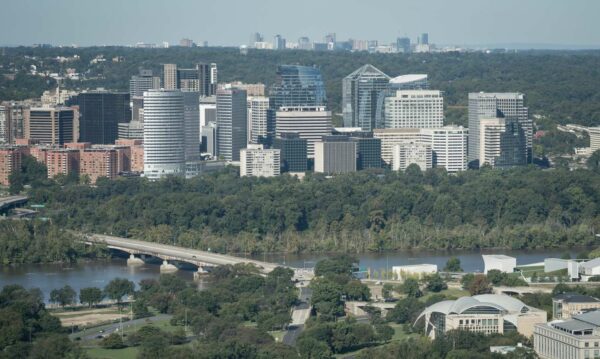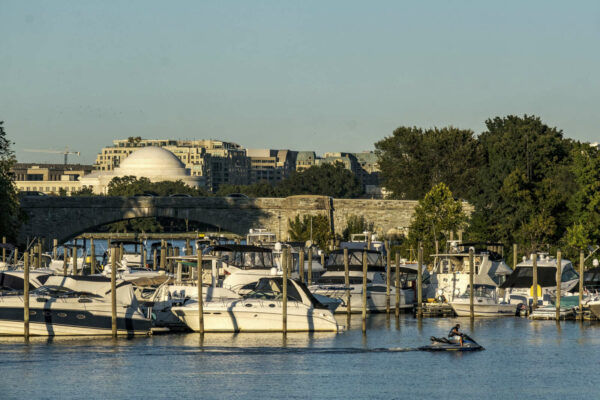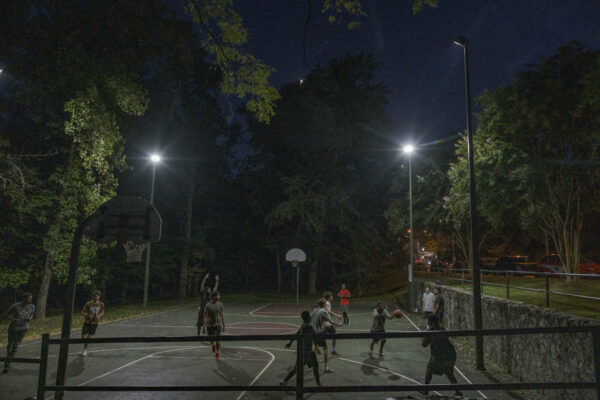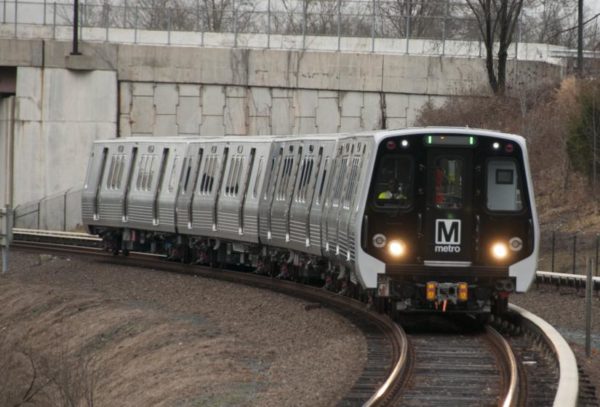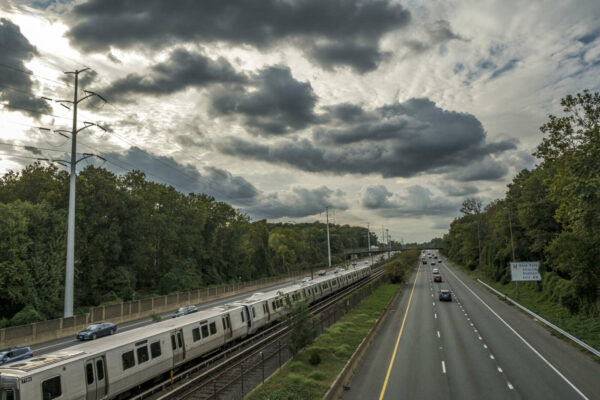
Arlington County continues to be one of the top localities regionally and nationwide for residents using public transit to commute to and from work, recent census data shows.
Earlier this year, a trove of U.S. census data was released. While much of it remains in need of analyzing, some enterprising researchers are pulling from 2020 data sets to drill down on very specific questions, like which counties have the highest percentage of workers using public transportation to commute.
Arlington is No. 10 among U.S. counties, with 27% of residents using public transportation for work commuting, according to one researcher’s parsing of the data.
Counties by % of workers using public transportation to work:
1. Kings, NY (61%)
2. Bronx, NY (60%)
3. New York, NY (59%)
4. Queens, NY (51%)
5. Hudson, NJ (43%)
6. San Francisco, CA (35%)
7. Washington, DC (35%)
8. Suffolk, MA (32%)
9. Richmond, NY (30%)
10. Arlington, VA (27%)— Siddharth Khurana (@SidKhurana3607) December 1, 2021
A county official said the data does line up with the county’s own findings.
“The numbers, overall, don’t surprise me because Arlington has been focused for a really long time on building a community that maximizes travel options and has really rebuilt itself around rail and more recently, focused on bus,” says Arlington’s Transportation Bureau Chief Dennis Leach.
However, he notes that 2020 data should be “approached with a lot of caution” due to COVID’s impact on public transit use and the challenging task of collecting data through the pandemic year.
In 2010, according to Census data, an estimated 28.5% of Arlingtonians used public transportation to commute to and from work. By 2019, that number ticked up slightly to 29.7%.
While preliminary 2020 data shows a nearly 3% decrease in public transit use by Arlington workers, Leach notes that it’s really hard to make an apples to apples comparison to previous years due to remote work, a shift in commuter patterns, and the lack of travel in general — all of which are related to the pandemic.
“I don’t think we’re actually to see really good [transit] data… until sometime in 2022 or even maybe as far out as a full year later, in 2023,” Leach says.
What is clear, according to Leach, is that Arlington is much less auto-dependent than other local jurisdictions.
While D.C. remains number one locally in terms of use of public transit, with more than a third of residents using it to commute, Arlington is number two, well above nearby localities like Alexandria, Fairfax County, and Montgomery County, Md.
Dr. Delario Lindsey, a professor at Arlington’s Marymount University who is studying urban development and equality, agrees that there’s been a considerable effort to make public transportation more accessible in Arlington in recent years. He says the county is currently doing a “decent job” in developing and building infrastructure that’s more accommodating to non-car-related travel, driven by the desires of a younger generation.
“There’s been an identifiable generational shift by millennials and post-millennials to not to be as car-dependent,” Lindsey says. “[They] want to live in communities that tend to be more accessible to public transportation, or be walkable, or bike-friendly.”
In Arlington, this is reflected in the immense growth of the Rosslyn-Ballston corridor over the last decade, which has a number of rail and bus transit options.
While Lindsey notes as well that 2020 and 2021 statistics won’t be able to tell a complete picture, he fully expects that the number of Arlingtonians using public transportation to commute to and from work will only grow over the next several years.
“I’d bet on that trend to keep going up,” he says.


